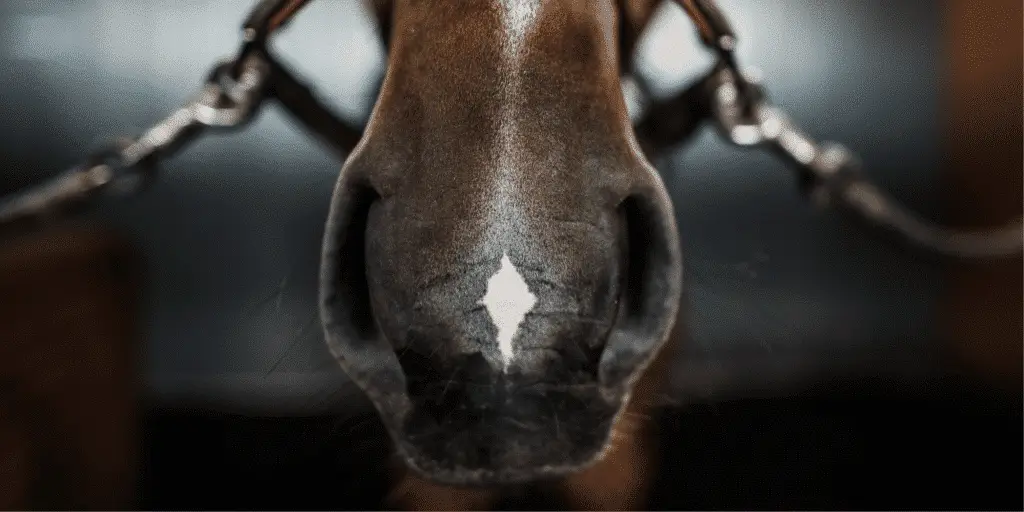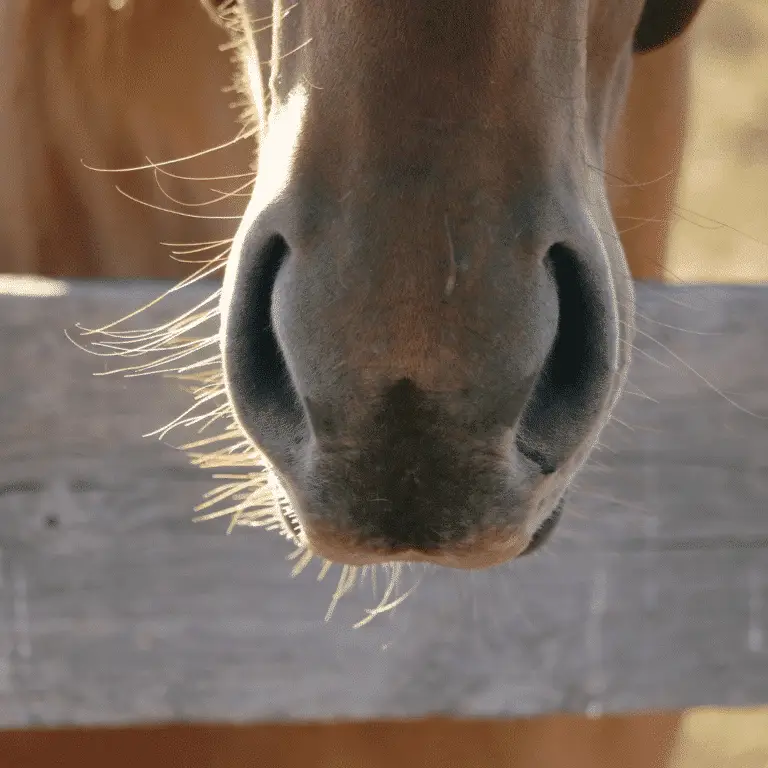
Equine Influenza
Equine Influenza This disease is life-threatening and should be treated by a veterinarian swiftly. Equine Influenza is a highly contagious viral

Seek veterinary advice if you suspect this disease.
Sinusitis refers to inflammation or infection of one or more of the paranasal sinuses, and it is the most commonly encountered disease of the paranasal sinuses.
It is classified as either primary or secondary, and acute or chronic.
Primary sinusitis is defined as an infection in the sinus, usually bacterial in origin, which results in a buildup of pus within the sinus. Primary sinusitis is typically the result of an infection in the upper respiratory tract and it is most frequently caused by Streptococcus species of bacteria.
More commonly, however, is secondary sinusitis. Secondary sinusitis is an infection of the paranasal sinuses as a result of another primary cause, such as tooth root infection, bone fracture, or sinus cyst. The last four cheek teeth are most likely to cause secondary sinusitis, as these teeth are contained within the maxillary sinuses.
Acute sinusitis is severe but has a fairly short duration.
Chronic sinusitis is recurrent or lasts a long period of time).
Regardless of whether the sinusitis is primary or secondary, the goal of treatment is to treat the underlying cause of the sinusitis and to restore the horse’s natural sinus drainage mechanisms.
Primary paranasal sinusitis usually resolves with systemic antibiotic therapy and lavage. The exception is when the exudate becomes inspissated and obstructs appropriate flow through the nasal passages.
In cases of secondary sinusitis, the primary disease must also be treated to fully resolve the sinusitis. Surgical treatments may be used to remove exudate and provide additional drainage, if necessary, these include sinus trephination and sinusotomy.
Prevention of all cases of sinusitis is unrealistic. Still, adequate attention to general horse health, including prompt attention to any evidence of infections, problems with teeth, nasal discharge, injury to the head, or signs of cysts or tumours will help prevent sinusitis in most cases. keeping the environment as clean as possible, and evaluating each horse’s health routinely will minimise the seriousness of the condition.

Digital health management offers numerous benefits in modern equine healthcare.
With the Happie Horse App, you can track symptom patterns and body values, such as Temperature, Pulse and Respiration. Allowing you to notice abnormal changes in body and behaviour early on, leading to more successful treatments.
The Happie symptom checker allows you to add all of your horse’s abnormal symptoms in order to present potential causes and diseases.

Equine Influenza This disease is life-threatening and should be treated by a veterinarian swiftly. Equine Influenza is a highly contagious viral

Equine Bronchitis Seek veterinary advice if you suspect this disease. Equine bronchitis, also known as inflammatory airway disease, is a

Seek veterinary advice if you suspect this disease.
Asthma in horses, also known as equine asthma syndrome, is a chronic respiratory condition characterized by airway inflammation, coughing, and difficulty breathing.